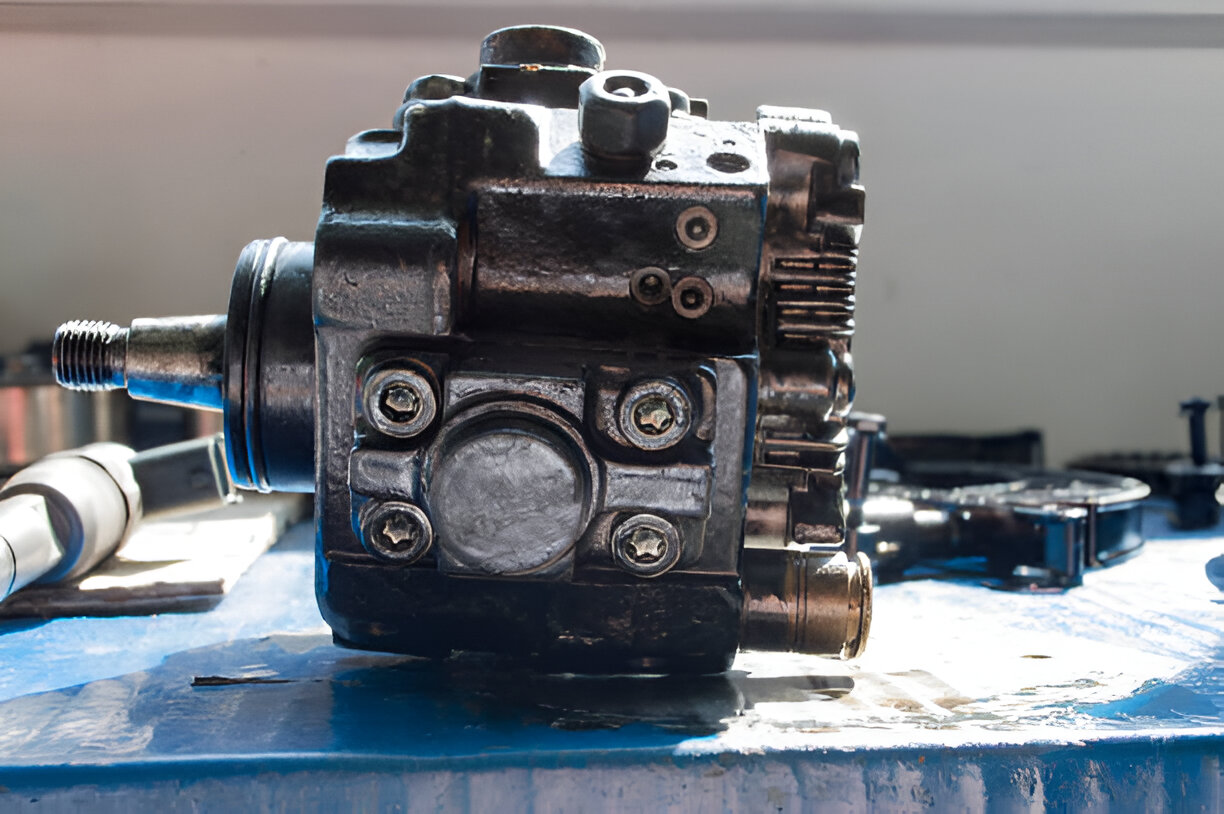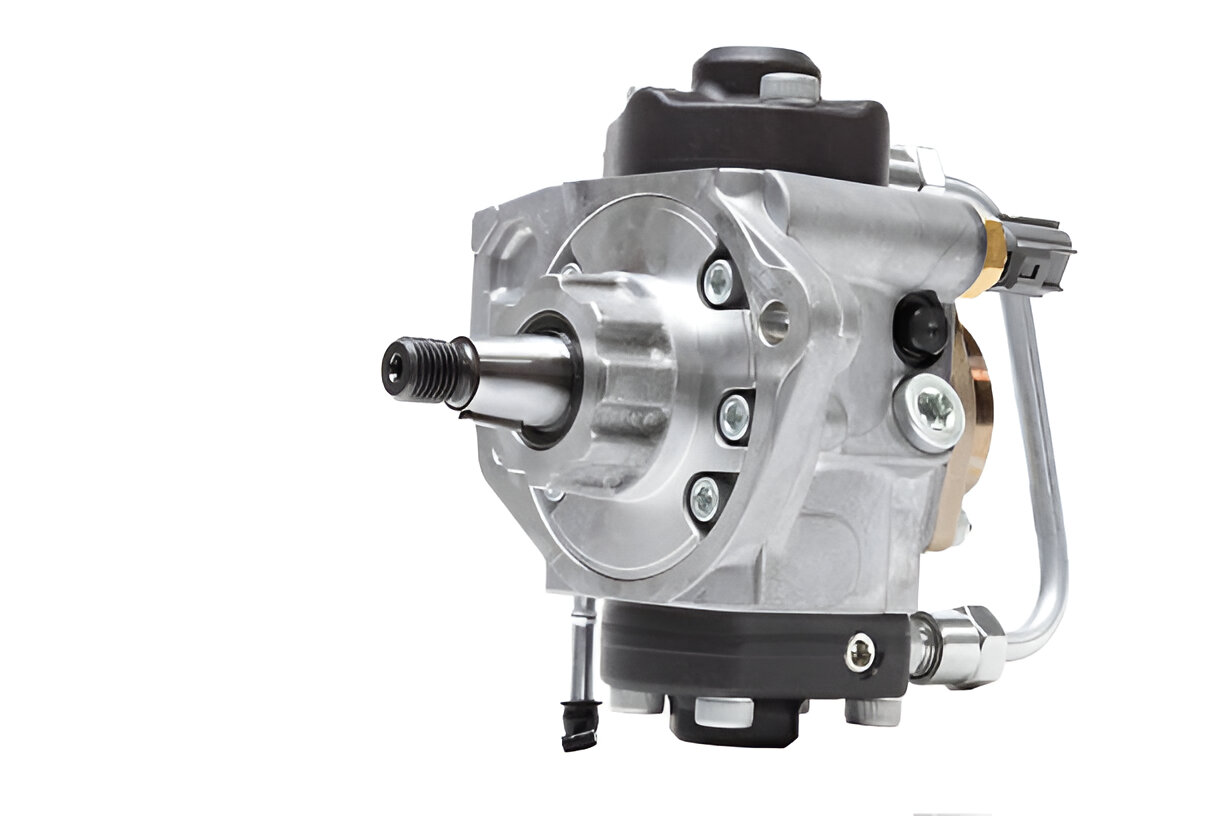The high-pressure fuel pump (HPFP) in modern engines serves as the essential system for fuel delivery at the operational pressure needed for performance. A high-pressure fuel pump functions as a pivotal system because it precisely distributes the correct fuel volume required for engine performance at its highest point.
Whether you are driving a standard vehicle or tuning a performance beast like one with an N54 high-pressure fuel pump, understanding its functions helps you appreciate its importance. Leading fuel system component manufacturer OSIAS, along with other businesses, emphasises the necessity of dependable high-pressure pumps for sustaining optimal engine performance according to their expert stance.
Fuel Supply at High Pressure
High-pressure fuel pumps serve as the primary engine component responsible for extracting fuel from the storage tank and generating pressure until the fuel reaches the injectors.
High-pressure fuel pumps provide fuel pressure exceeding 2,000 psi to direct injection systems because they function differently from low-pressure pumps that operate at lower pressures. The necessary pressure level of fuel serves to enable exact combustion patterns, especially in engines designed for performance.
Maintaining Optimal Fuel Pressure
When operating normally a high-pressure fuel pump delivers fuel to the system while controlling fuel pressure at stable levels. The fuel flow adjusts automatically according to engine requirements so your vehicle maintains steady performance throughout the idling and acceleration phases.
When fuel pressure falls below an appropriate level, the engine could experience engine misfires, but when pressure reaches excessive levels, it will harm the fuel injectors. The HPFP keeps everything in balance.

Enabling Efficient Fuel Injection
Direct injection engines rely on the HPFP to force fuel directly into the combustion chamber at the right moment. This leads to better atomization, cleaner burns, and improved fuel economy. Without high pressure, fuel would not mix properly with air, reducing power and increasing emissions.
Protecting the Fuel System
Beyond performance, the HPFP also filters and safeguards the fuel system. It helps prevent contaminants from reaching sensitive components like injectors, reducing wear and tear. Some advanced pumps even include sensors to detect irregularities, alerting drivers to potential issues before they cause major damage.
Why a Strong HPFP Matters
The high-pressure fuel pump remains indispensable for the optimal performance and efficiency of your vehicle during both ordinary commuting and high-performance driving scenarios.
Maintaining your stock vehicle or upgrading an N54 high-pressure fuel pump requires proper HPFP maintenance to deliver maximum engine performance along with improved fuel efficiency and extended component lifespan.
Implementation with OSIAS’s trusted manufacturer’s components brings high-quality options that maintain smooth engine operation.
Conclusion
Modern fuel injection systems depend on the high-pressure fuel pump as their essential operational component. The fuel system functions properly because the high-pressure fuel pump controls the flow while keeping system pressure at a suitable level and enabling better engine performance.
You should select premium-quality pumps provided by OSIAS because they enhance your vehicle’s fuel system while extending its operational life span and performance capabilities. A properly maintained fuel pump forms an essential part for drivers who seek reliable driving performance with consistent power output.


